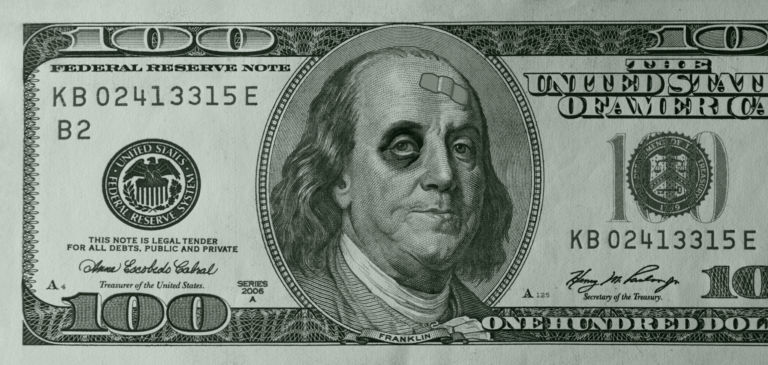Editors at National Review Online warn that there’s nothing transitory about today’s inflation problem.
As an expression of optimism about the current economy, “peak inflation” has had a far shorter shelf life than “transitory.” May’s headline inflation number of 8.6 percent put an end to hopes that surging prices had peaked with March’s 8.5 percent (in April, the year-on-year increase had declined to 8.3 percent). There is little in the immediate future to suggest that things will cool down any time soon.
There is more to this than Putin’s price hike™. The price of oil and of various foodstuffs, such as wheat, was increasing long before the war was on the horizon. To be sure, even these increases had only a limited connection to U.S. policy (thus unfavorable weather conditions made a significant contribution to the run-up in the wheat price). While those price increases are problems in their own right, they are still only relative prices and do not on their own represent a general increase in the price level. Much of our current inflation is homemade — by the Fed and, to a lesser extent, by reckless fiscal policy — and is now showing worrying signs of becoming entrenched. Thus shelter, which makes up about one-third of the CPI and is a lagging indicator, is now reflecting soaring rents and house prices.
Meanwhile, expectations of inflation are on a firm upward trajectory. In the markers, earlier hesitation about crossing the 3 percent barrier for ten-year Treasurys has now been consigned to the past. The public, not oblivious to the assault on its pocketbook, is also paying attention. The University of Michigan’s consumer sentiment survey showed a jump in inflation expectations for five years hence from 3 percent to 3.3 percent. Nominal wage rates are rising sharply (in real terms, it’s a different matter).


